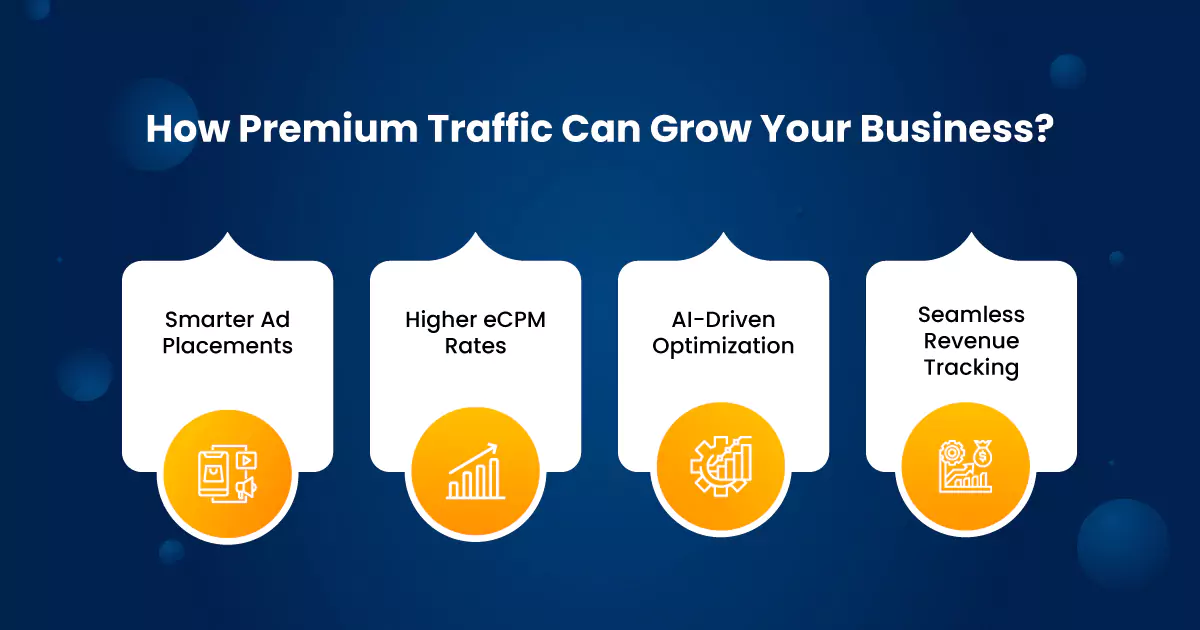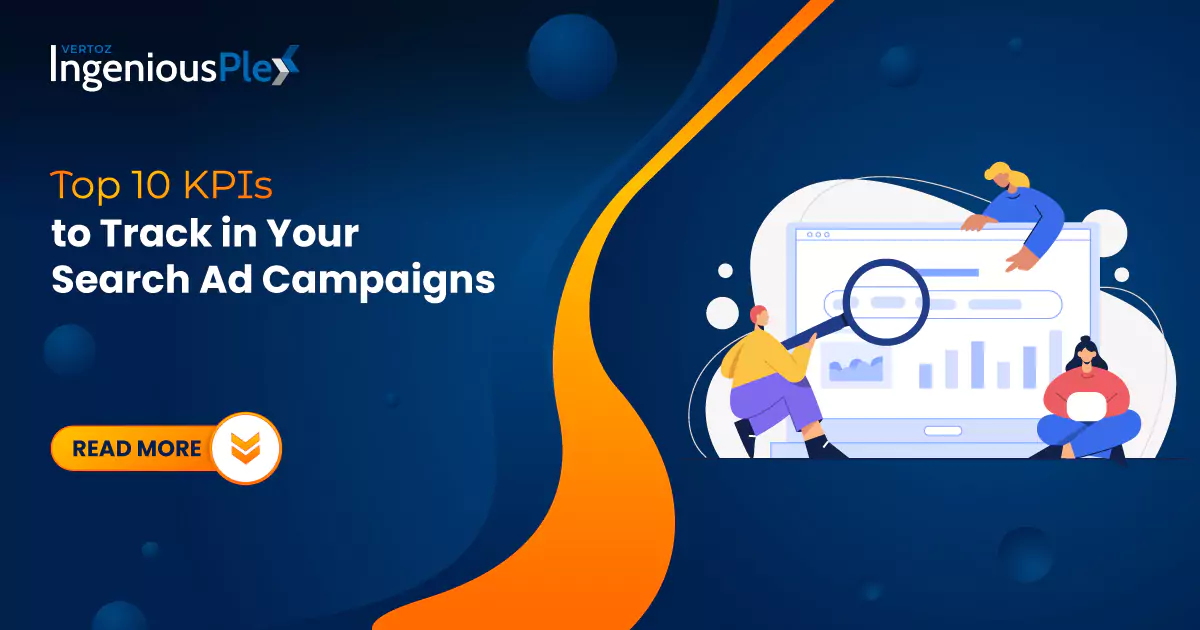Subtotal $0.00
Search advertising can be a goldmine if you know what kind of campaign you are doing. But with so many numbers flying around (CTR, CPC, ROAS, etc.), it’s easy to feel overwhelmed. Which metrics actually matter? Which ones are just digital noise?
If you’re running Google Ads, Bing Ads, or any paid search campaign, tracking the right KPIs (Key Performance Indicators) is crucial. These numbers are your roadmap, helping you figure out what’s working, what needs tweaking, and how to get the best bang for your budget.
Table of contents:
Let’s break down the top 10 KPIs you should be watching like a hawk.
1. Click-Through Rate (CTR)
This shows how often people click your ad after seeing it. A low CTR might mean your ad copy isn’t compelling—or you’re targeting the wrong keywords.
Tip: A/B test headlines and descriptions regularly.
2. Cost Per Click (CPC)
CPC tells you how much you’re paying for each click. It’s essential to keep this in check, especially if you’re working with a tight budget.
Lower CPC + high CTR = sweet spot.
3. Conversion Rate (CVR)
Clicks are great, but conversions are what really matter. Whether it’s a sign-up, purchase, or lead form submission—this KPI tracks if users are actually doing what you want.
Smart landing pages = higher CVR.
4. Cost Per Conversion (CPL or CPA)
This KPI goes beyond just clicks—how much are you paying for each conversion? It helps measure true campaign efficiency.
Balance is key: Don’t just chase low CPC; track cost per valuable action.
5. Quality Score
Google uses this to rank your ad. It’s based on your ad relevance, expected CTR, and landing page experience.
High Quality Score = lower CPCs + better ad placement.
6. Impression Share
This shows how much exposure your ads are getting versus how much they could be getting. If you’re losing impression share, your budget or bid strategy might need a boost.
7. Search Term Relevance
It’s not just about keywords—it’s about the actual queries that trigger your ads.
Pro tip: Regularly review the search terms report to identify irrelevant traffic and add negatives.
8. Bounce Rate (on landing pages)
Getting clicks but no engagement? That’s a red flag. A high bounce rate could mean your landing page isn’t aligned with your ad’s promise.
9. Return on Ad Spend (ROAS)
This is the holy grail for e-commerce and direct-response marketers. ROAS tells you how much revenue you earned for every dollar spent.
Example: $5 earned for every $1 spent = 5x ROAS.
Aim for scalability, not just profitability.
10. The lifetime value (LTV) of acquired customers
Not every campaign pays off immediately—but if you’re bringing in high-value, repeat customers, it’s a win.
Tracking LTV helps justify a higher CPA when long-term returns are strong.

Bonus Tip: Don’t Track It All Manually
While all of these KPIs are essential, manually tracking them across platforms is time-consuming and error-prone. That’s where smart ad platforms like IngeniousPlex come in.
IngeniousPlex gives you real-time visibility into your entire search ad performance—from impressions to ROI—all in one clean, customizable dashboard. With built-in AI optimization, it helps you act on these KPIs instead of just watching them.
So whether you’re an agency managing multiple client accounts or a brand trying to scale, having an intelligent platform makes a world of difference.
Final Thoughts
Search ads work best when they’re treated like a performance engine, not just a “set and forget” tactic. By tracking the right KPIs, you’ll know exactly where your money is going—and how to get more from it.
Start simple. Focus on these 10 KPIs. And if you’re ready to let AI help you optimize in real time, maybe it’s time to plug into something like IngeniousPlex.



Comments are closed